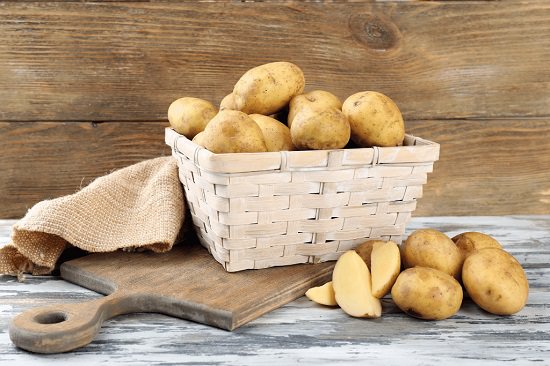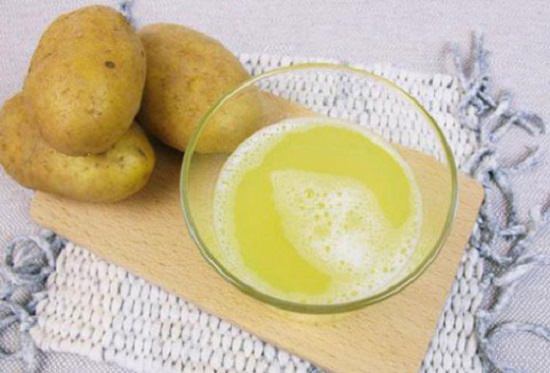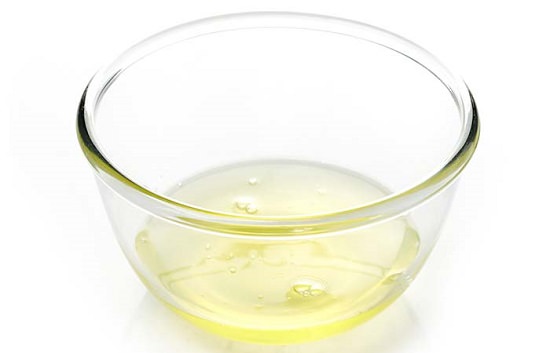Know about the uses of potato juice for the face in this article along with a face pack recipe for you to use.
Potatoes are the starchy, underground tubers or stems of the Solanum tuberosum; it belongs to the nightshade plant family, including tomatoes, tobacco, bell peppers, and eggplants. Centuries of selective breeding have given rise to over 5000 cultivated varieties of potatoes, apart from several wild species and subspecies.
There are distinct differences in size, shape, color, texture, taste, and cooking characteristics across the various types. Potatoes are a delicious staple in diets worldwide; their versatility allows for a wide range of preparation, from chips and fries to curries and even potato flour.
Potatoes are the 4th most consumed food crop in the world behind wheat, rice, and corn. China is the world’s top potato producer, followed by India, Russia, and Ukraine. Potato farming is not water-intensive and offers a relatively high yield than other major crops. They are hardy vegetables, also adapting easily to diverse climates.
Genetically modified potato varieties are a recent introduction. They are pest-resistant and have altered nutrient composition. However, public response remains mixed.
Nutrient Composition
A potato is nearly 80% water and the remaining dry matter accounts for 17% carbohydrates, 2% protein, and an unremarkable amount of fat. While the quantity may seem insignificant, potato protein is extremely high quality. It’s considered one of the most valuable non-animal proteins, rich in essential amino acids.
Potatoes are nutrient-rich, a good source of vitamins C, K, B6, Folate, minerals, potassium, iron, calcium, zinc, and phosphorous. Potatoes also contain bioactive plant compounds: polyphenols like chlorogenic acid, catechin, and lutein. Additionally, they contribute to the antioxidant and anti-inflammatory effects of whole potatoes and potato juice.
How to Make Potato Juice
Select a small/medium-sized potato that does not have any dark spots, green sprouts, or a greenish tinge. These occurrences indicate the presence of natural pesticides.
Thoroughly clean the potato, remove dirt but leave the potato skin intact as it has high nutritional value. Cut into wedges and make juice using a juicer/blender. You can also grate the potatoes and squeeze out the pulp by hand or using a cloth filter.
The juice can be stored in the refrigerator for up to 2 days in an air-tight container before it goes bad.
Uses of Potato Juice for the Face
While there is a lack of scientific research on the matter, anecdotal evidence suggests that potato juice may have the following benefits when applied to the skin regularly:
It hydrates and nourishes the skin and thereby soothes dry and flaky skin. The anti-inflammatory components of potatoes might be able to fight acne. It tightens the skin and reduces premature signs of aging and wrinkles. Potato lightens dark spots and acne scars for blemish-free skin.
Potato Juice Face Masks
- Mix 3 tablespoons of potato juice with two teaspoons of honey. Apply on face and neck and wash off after 10-15 minutes.
- Mix 2 tablespoons of potato juice, two tablespoons of cucumber juice, one tablespoon of lime juice, and a pinch of cosmetic turmeric powder. Apply this pack and leave-on for 20 minutes before rinsing. Don’t add too much turmeric as it can leave a yellow hue on the face if used in excess.
- Mix egg white of an egg and three tablespoons of potato juice and apply on face and neck. Wash after 15 minutes for best results.
- Mix potato juice of a medium potato, two tablespoons whole milk, 3-4 drops of glycerine, and blend the ingredients well. Apply on the face, focussing on blemishes, and leave on for 15 minutes.
You can apply these masks on your hands and legs as well to get rid of excess tan and other skin woes.
Precautions
- Potato allergy is rare, but it can be triggered in response to patatin, the main protein in potatoes. Such reaction can lead to skin rash, breathing difficulty, watery eyes, swollen throat/ tongue, or digestive and cardiovascular discomfort.
- Potatoes, like other members of the nightshade family, contain toxic glycoalkaloids, namely solanine, and chaconine. The toxic effects are dose-dependent, ranging from headaches, nausea, and diarrhea to low blood pressure, elevated heart rate, and even death. Long-term exposure also increases cancer risk in the brain, lungs, breasts, and thyroid.
At the first signs of allergy or symptoms of toxicity, seek emergency medical help.



